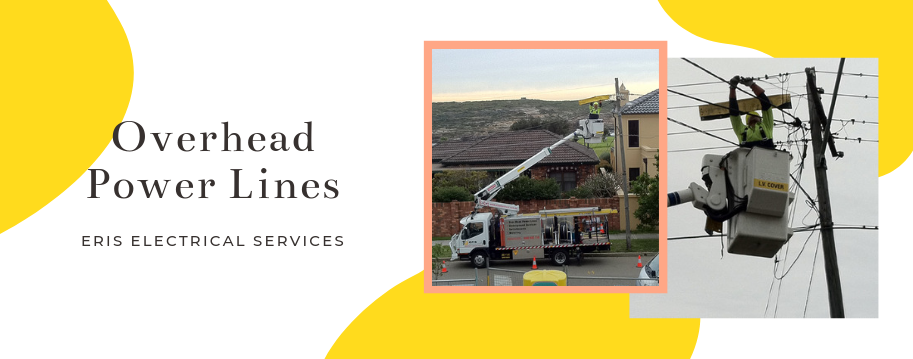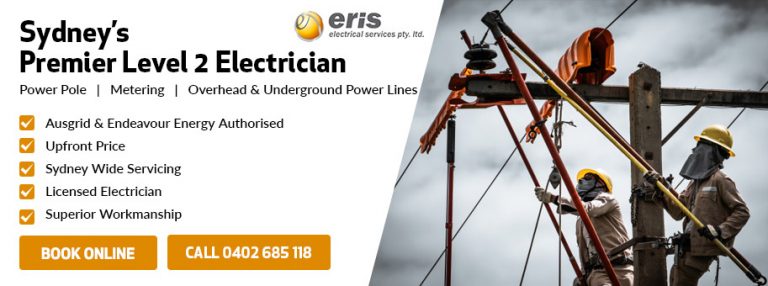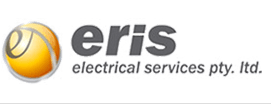
Power lines carry electricity to your homes, business properties and industrial sectors, and can be installed in two ways namely overhead and underground power lines. A licensed Level 2 service provider is capable of installing both underground and overhead power lines. Here we will cover:
- Understanding overhead lines
- How are they constructed and
- What their advantages are
Understanding Overhead Power Lines
Electrical energy can reach to your property through a couple of ways and one of which is through overhead wiring. The overhead electricity network is found on most of Sydney suburbs wherein the power accessible from the electricity grid is situated upon the telegraph poles in the street. For supplying power to a property, this is the most common and cost-efficient method. This involves a direct overhead power lines from the electricity distributor’s network to your property (point of attachment). Based on your installation and requirements, it may be either one phase or 3-phase.
With advancements in our modern lifestyle, our load requirements may also increase; for instance, renovating/ extending our homes, upgrading switchboards, adding bigger or extra appliances like air conditioning, central heating, spa/ pool heaters etc. Therefore, consumer mains and service cables should be monitored and evaluated as to whether they can hold the added demand in power that you’ll need for your switchboard. Many a time, this particular area is being ignored by owners and/or electricians, which can be termed as “Danger is waiting to happen anytime”! Moreover, at a construction site, overhead services may supply power to property temporarily, which is commonly known as Temporary Builders Service.
Construction of Overhead Power Lines
The construction of an overhead power line begins with the placement of Utility Poles. Poles can be positioned in almost any kind of landscape, even on rocky ground. Also, special equipment is used to dig out the hole, especially for heavy rock. Moreover, there are many techniques available to position poles securely on wet terrains. After the poles are securely positioned, wires can be strung and then equipment such as fuses, transformers, reclosers etc. is installed.
Overhead Power Lines Advantages:
- Overhead power lines can be constructed anywhere.
- Overhead lines can hold any amount of voltage.
- No need to dig, which facilitates faster installation of overhead lines.
- With overhead lines, linemen can look at the whole line and can easily detect probable problems including outage issues.
- Above all, overhead power lines are a less costly method to acquire electrical power to your property. Besides, they cost less to repair and/ or upgrade.
Final Words
Need help deciding the type of power lines to opt for between overhead and underground! Well, your electrical contractor will be able to figure out the best solution for your particular situation.
- When looks aren’t a primary concern, overhead systems are fine to go – for instance, very long line distances throughout the country, and where the voltages are greater than the limits fixed for underground lines.
- Conversely, if you want to keep the poles and wires away and out of the sight – for instance, a residential area or park, then underground lines would be the perfect solution. Moreover, for varied reasons, underground lines are constructed in many cities and towns.
The next time when you want to install or upgrade overhead or underground power lines for your property, right away call an experienced and certified Level 2 electrical contractor or visit our Google Business Profile for more contact details.






 0402 685 118
0402 685 118
 0402 685 118
0402 685 118